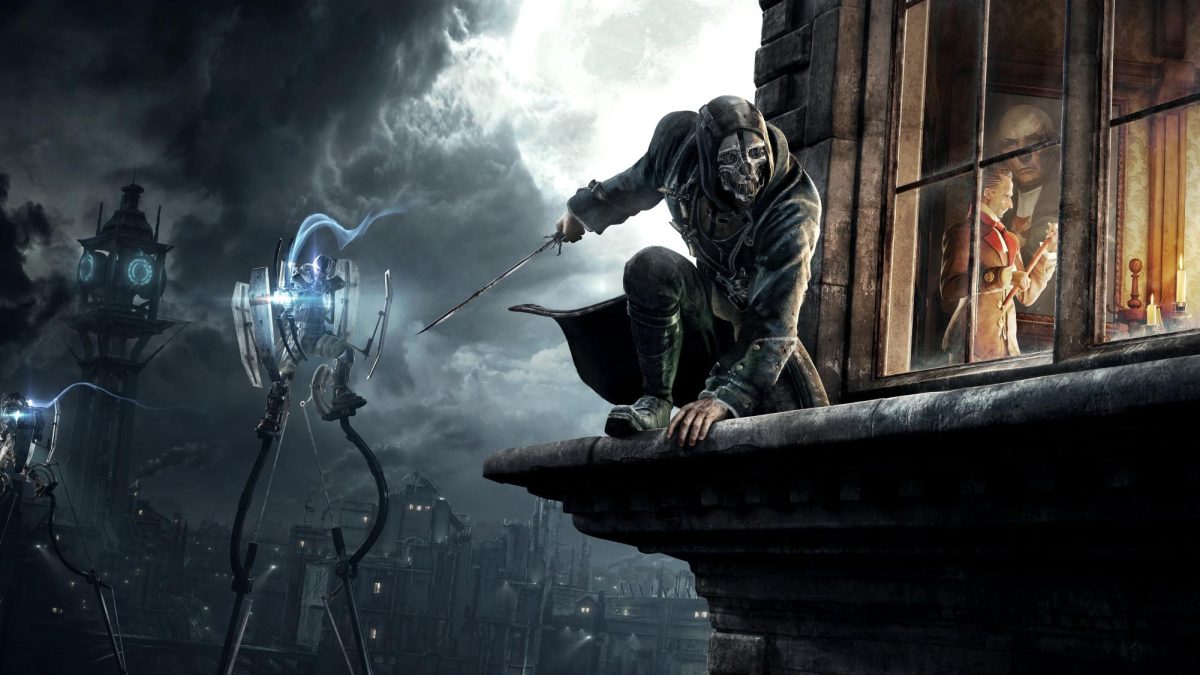In the wake of Libya’s former dictator Col. Muamar Gadhafi (or Qaddafi or Gaddafi or Gathafi) being killed, newspaper editors had to make the decision about showing images of the dead and bloodied former Libyan ruler or not.
I’m in agreement with those that didn’t print images of his corpse, or at least didn’t print them on the front page.
I used to go back and forth with the issue of gory photos being printed in newspapers, but now I firmly believe it is not necessary.
There are a couple of reasons why I think this, the first of which being that it’s a gruesome sight and not one that most are expecting to see when eating breakfast in the morning.
Another is the ethical dilemma of displaying the image on a front page where a child could easily see it. Even if it’s not on the front page, I don’t think it’s beyond reason that a kid could still happen upon it if the paper is just lying around.
I don’t think a parent should have to hide a newspaper from their child.
However, my primary reason is that there isn’t much news value in seeing his dead body.
I think most people can comprehend what the word “dead” means without needing to see an image of it. Further, it is distracting from more important issues such as what is next for Libya. Where do they go from here?
Also, showing this image feeds the idea that journalism is sensationalized and continues the annoying “if it bleeds, it ledes” adage.
Obviously, it is hard to attract readers in this day in age and showing this type of picture could attract some curious individuals.
But given that someone not in the media initially posted these pictures, a newspaper could argue that they are online anyway, and that they don’t want to be left behind.
However, I think this is a foolish mentality. Newspapers shouldn’t be a Michael Bay movie. They need to rise above the lowest
common denominator.
Luckily, lots of American newspapers chose not to show his disfigured face.
However, the picture that was often used was of Gadhafi being led through the streets looking bloodied and disorientated. Somewhat off-putting, but it had value. It gave insight into how Gadhafi’s life ended.
The Eau Claire Leader-Telegram didn’t even show this, choosing wire photos of celebrations and a picture of one of Gadhafi’s guns that was taken by a rebel. The Wall Street Journal also left blood off the front page.The New York Times had the image available on its website, but it was buried in a slideshow with a warning beforehand.
On the other hand, The New York Post showed a picture of his dead body along with a pretty moronic headline saying “Khadafy killed by Yankee Fan” with a subhead saying “Gunman had more hits than A-Rod” (There was a picture of a guy in a Yankee’s hat).
Many British newspapers such as The Sun and the Daily Mirror also showed pictures of his corpse. Specifically they showed his bullet-riddled face and contained a mocking headline such as “A coward until the end,” and “This is for Lockerbie.”
A former Defense minister of Libya said Gadhafi ordered the terrorist attack on the Pan Am flight that exploded and crashed in Lockerbie, Scotland in 1988. I guess these papers wanted to display their vengeance for this, though I cannot be certain.
To be fair, Al Jazeera also showed images of his dead body, so maybe American papers are more squeamish.
However, I again want to stress that this goes beyond simply being turned off by gore. I’m not against violence in movies or video games as long as there is parental control.
However, newspapers or magazines should not be put in that same category. They need to be above that.
They need to provide the public with information so people can make informed decisions and be aware of what’s happening. It’s irresponsible of journalists to distract readers from what’s important.
And pictures can provide that.
They can really add to a story and give it emotional resonance or insight that words cannot give. This is not one of those cases, though. Here, a picture of a dead body adds nothing.
Sam Rosenberry is a senior print journalism major and News Editor at The Spectator.






